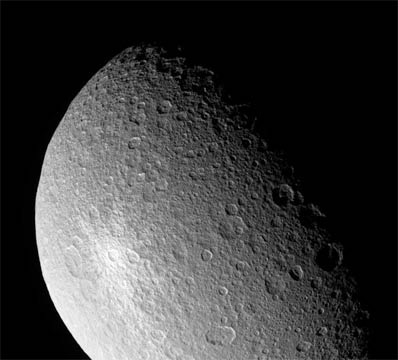
Spaceflight Now +

|

|

|

|

Premium video content for our Spaceflight Now Plus subscribers.

Astronaut Hall of Fame
 The 2005 class of Gordon Fullerton, Joe Allen and Bruce McCandless is inducted into the U.S. Astronaut Hall of Fame at the Saturn 5 Center on April 30. (1hr 24min 55sec file) The 2005 class of Gordon Fullerton, Joe Allen and Bruce McCandless is inducted into the U.S. Astronaut Hall of Fame at the Saturn 5 Center on April 30. (1hr 24min 55sec file)
 Play video Play video

'Salute to Titan'
 This video by Lockheed Martin relives the storied history of the Titan rocket family over the past five decades. (4min 21sec file) This video by Lockheed Martin relives the storied history of the Titan rocket family over the past five decades. (4min 21sec file)
 Play video Play video

Titan history
 Footage from that various Titan rocket launches from the 1950s to today is compiled into this movie. (6min 52sec file) Footage from that various Titan rocket launches from the 1950s to today is compiled into this movie. (6min 52sec file)
 Play video Play video

Soyuz's fiery re-entry
 A camera aboard the space station captured this extraordinary video of the Soyuz TMA-5 capsule plunging back to Earth. The descent module with the crew is seen flying onward while the discarded docking and propulsion modules are ripped apart in the atmosphere. (2min 21sec file) A camera aboard the space station captured this extraordinary video of the Soyuz TMA-5 capsule plunging back to Earth. The descent module with the crew is seen flying onward while the discarded docking and propulsion modules are ripped apart in the atmosphere. (2min 21sec file)
 Play video Play video

 Become a subscriber Become a subscriber
 More video More video

|

|

|

|
|

|

Great white splat
CASSINI PHOTO RELEASE
Posted: May 14, 2005

Credit: NASA/JPL/Space Science Institute
Download larger image version here
|
Looking closely at Saturn's moon Rhea during a somewhat distant flyby, Cassini provides this view of what appears to be a bright, rayed and therefore relatively young crater. This crater was also observed by Cassini at much lower resolution in the fall of 2004 and in spring of 2005. Rhea is 1,528 kilometers (949 miles) across.
For comparison, viewing the same crater near the terminator (the line between day and night) would highlight the crater's topography (vertical relief), compared to its brightness, which is highlighted in this view where the Sun is at a higher angle.
North on Rhea is up and rotated about 15 degrees to the left. This view shows principally the leading hemisphere on Rhea.
The image was taken in visible light with the Cassini spacecraft narrow-angle camera on April 14, 2005, at a distance of approximately 247,000 kilometers (153,000 miles) from Rhea and at a Sun-Rhea-spacecraft, or phase angle of 70 degrees. Resolution in the image is 1 kilometer (0.6 mile) per pixel.
The Cassini-Huygens mission is a cooperative project of NASA, the European Space Agency and the Italian Space Agency. The Jet Propulsion Laboratory, a division of the California Institute of Technology in Pasadena, manages the mission for NASA's Science Mission Directorate, Washington, D.C. The Cassini orbiter and its two onboard cameras were designed, developed and assembled at JPL. The imaging team is based at the Space Science Institute, Boulder, Colo.
|

|

|

|

|



